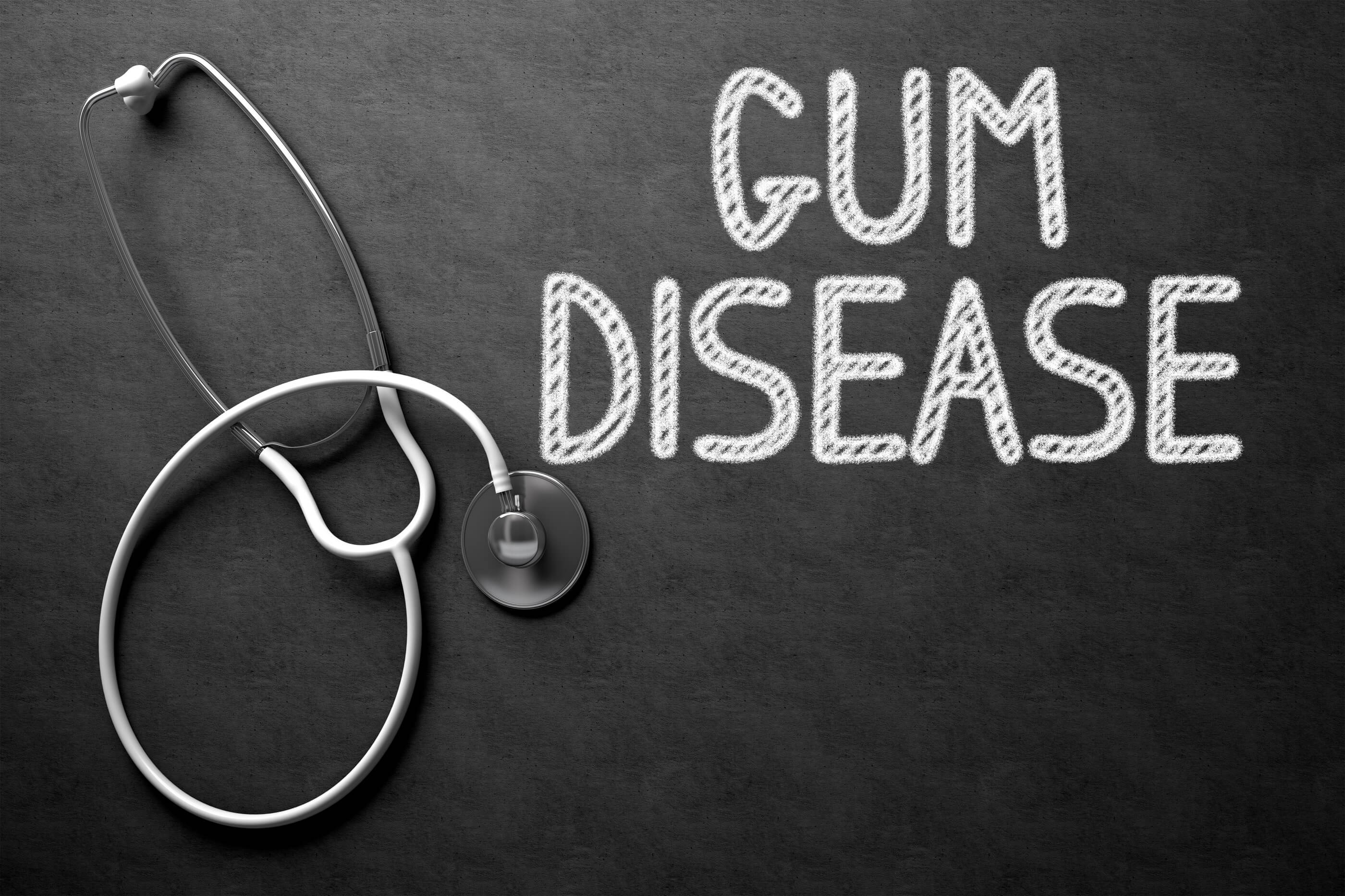
Gum disease is caused by a build-up of plaque on the teeth. Plaque is a sticky substance that contains bacteria.
Some bacteria in plaque are harmless, but some are harmful to the health of your gums.
If you do not remove plaque from your teeth by brushing them, it builds up and irritates your gums. This can lead to redness with bleeding, swelling and soreness.
Gum disease is an inflammation of the gum line that can progress to affect the bone that surrounds and supports your teeth. The three stages of gum disease — from least to most severe — are gingivitis, periodontitis, and advanced periodontitis.
Difference between Gum disease and Gingivitis
Gingivitis (gum inflammation) usually precedes periodontitis (gum disease).
However, it is important to know that not all gingivitis progresses to periodontitis.
In the early stage of gingivitis, bacteria in plaque build up, causing the gums to become inflamed and to easily bleed during toothbrushing. Although the gums may be irritated, the teeth are still firmly planted in their sockets.
No irreversible bone or other tissue damage has occurred at this stage.
When gingivitis is left untreated, it can advance to periodontitis. In a person with periodontitis, the inner layer of the gum and bone pull away from the teeth and form pockets.
These small spaces between teeth and gums collect debris and can become infected.
The body’s immune system fights the bacteria as the plaque spreads and grows below the gum line.
As the disease progresses, the pockets deepen and more gum tissue and bone are destroyed. When this happens, teeth are no longer anchored in place, they become loose, and tooth loss occurs
Signs of Gum Disease
- Bleeding while brushing or flossing
- Bad breath
- Loose teeth
- Pain when chewing
- Receding Gums
- Swollen, red gums
Causes of Gum Disease
Plaque is the primary cause of gum disease. However, other factors can contribute to periodontal disease. These include:
- Hormonal changes, such as those occurring during pregnancy, puberty, menopause, and monthly menstruation, make gums more sensitive, which makes it easier for gingivitis to develop.
- Illnesses may affect the condition of your gums. This includes diseases such as cancer or HIV that interfere with the immune system. Because diabetes affects the body’s ability to use blood sugar, patients with this disease are at higher risk of developing infections, including periodontal disease and cavities.
- Medications can affect oral health because some lessen the flow of saliva, which has a protective effect on teeth and gums. Some drugs, such as the anticonvulsant medication Dilantin and the anti-angina drug Procardia and Adalat, can cause abnormal growth of gum tissue.
- Bad habits such as smoking make it harder for gum tissue to repair itself.
- Poor oral hygiene habits such as not brushing and flossing on a daily basis make it easier for gingivitis to develop.
- Family history of dental disease can be a contributing factor in the development of gingivitis.
Conclusion
Gum disease is the leading cause of tooth loss in adults.
Always schedule a visit to your dentist the moment you notice irregularities in your oral health.
At Manhattan Dental Care, we can employ a variety of tactics to fight gum disease, including deep cleaning and preventive care.

